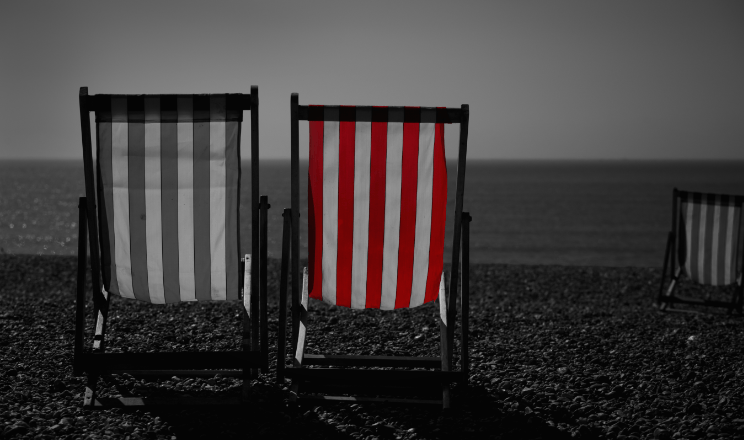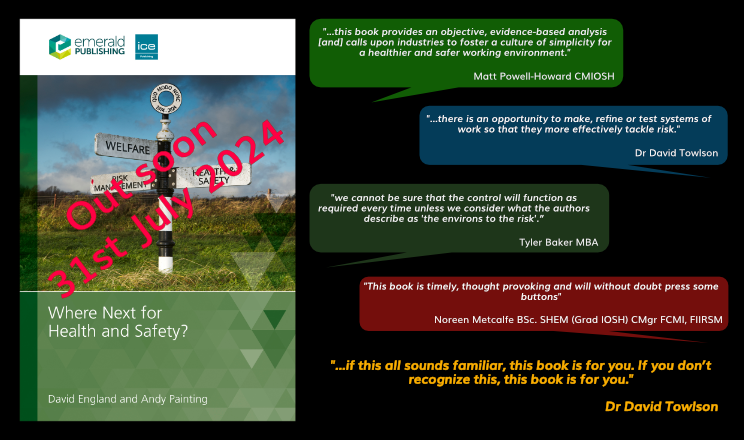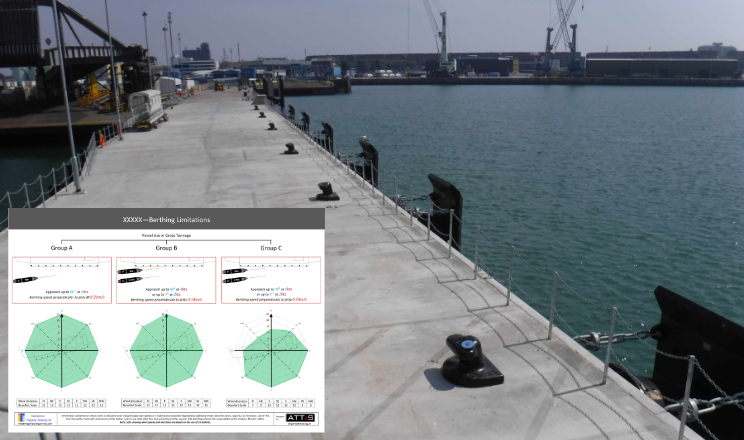Are you dying to get a good tan
David England

Soaking up the sunshine
he brevity and unpredictability of the British summer is what drives many Britons to soak up as much sunshine as possible, at every opportunity. And although the last year or so has been wildly different to usual, it is a time that many office workers watch outdoor workers in jealousy, wishing they too could have an outdoor job in the brief summer weather. But that golden tan comes at a price.
For people who have to work outdoors, and for anyone who rushes out into sunlight at every chance, there can be a heavy price to pay. Exposure to the ultraviolet light (UV) from the sun carries a high risk of developing skin cancer, the most common cancer in the world. UV can also cause cataracts or macular degeneration in the eyes.
In Britain, it is estimated that 5.5 million people have been exposed to UV due to their work. But both types of skin cancer, non-melanoma and malignant melanoma, are treatable if found early enough, and both are connected principally to long-term exposure of the skin to the sun.
Applying a good quality sun cream with a high UV factor, and replenishing it regularly, is a good way to protect exposed skin. Covering the skin with clothing is better, but in hot weather this can be counterproductive to sweating which is the body’s natural cooling system. Wearing sunglasses to protect the eyes is also important, but it should be remembered that poor quality sunglasses can have an adverse effect. By reducing the amount of light entering the eyes, sunglasses cause the pupils to open wider which, in the event of poor-quality sunglasses, can cause even more UV to enter the eyes.
If you employ people who have to work outdoors as part of their job here is some advice to help control exposure:
- Monitor the UV Index – many weather forecasts give this index, on a scale of 1 (low) to 11 (extreme). Use this forecast to plan outdoor work as far as possible, or to arrange suitable additional precautions.
- Remember that cloud cover does not filter out UV. Up to 80% of the UV can still get through thereby still potentially creating a risk.
- 60% of UV radiation occurs between 10am and 2pm so try to plan the work around this time if possible, or ensure that suitable additional precautions are in place.
- Providing shade for outdoor workers and encouraging rest breaks to be taken in the shade could reduce exposure to UV by more than 50%.
- Encourage the wearing of long sleeves and trousers and hats with a wide brim in the sun, but remember to adjust work-rates accordingly. Hard work in hot weather can rapidly affect a person’s wellbeing and their ability to think and act appropriately, and heavy clothing can affect a person’s naturally ability to naturally cool themselves by sweating.
- High humidity – often found in the UK – can adversely affect a body’s ability to sweat in order to cool down. Checking a good weather forecast, or investing in an inexpensive humidity probe, will help to identify difficult working conditions. Extra breaks and water may be needed, as well as the ability to properly rest between work periods in a mechanically-ventilated space can all help.
- Always make sure that plenty of drinking water is available and that people have the opportunity to drink it.
Above all, encourage a sensible approach to being out in the sunshine. We may all feel better during our all-too-brief summer months, but the aftereffects should not have to last a lifetime.





